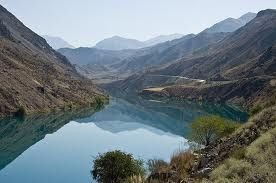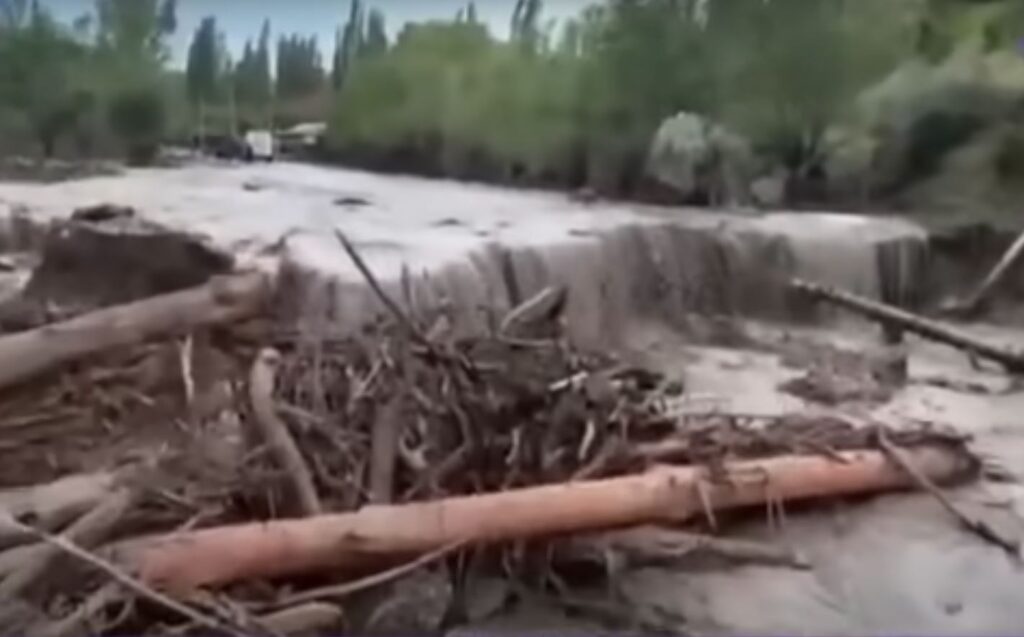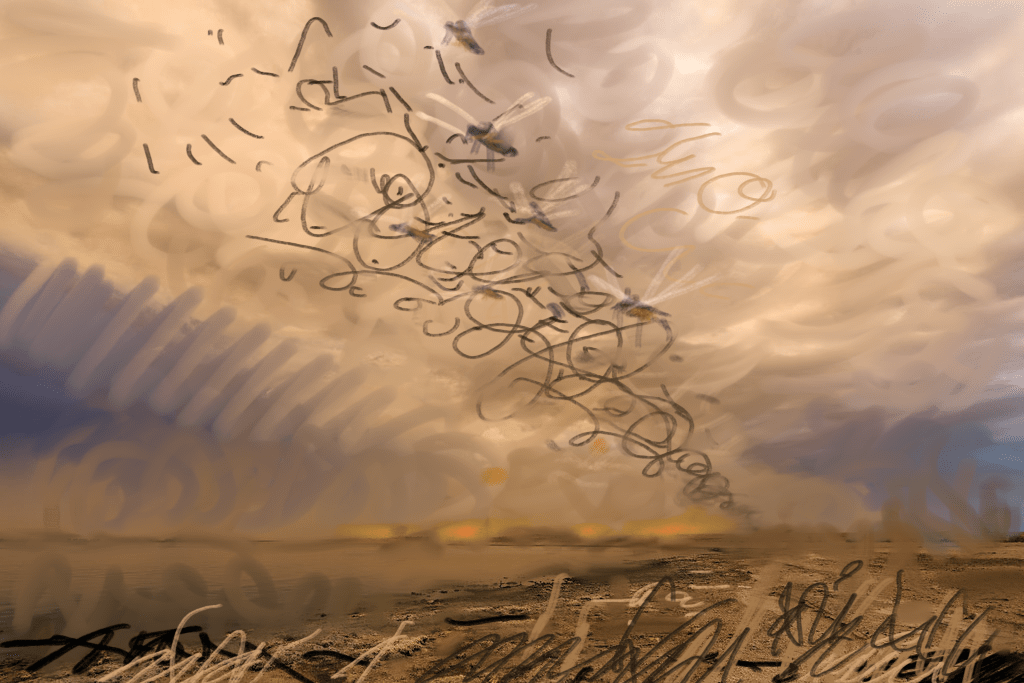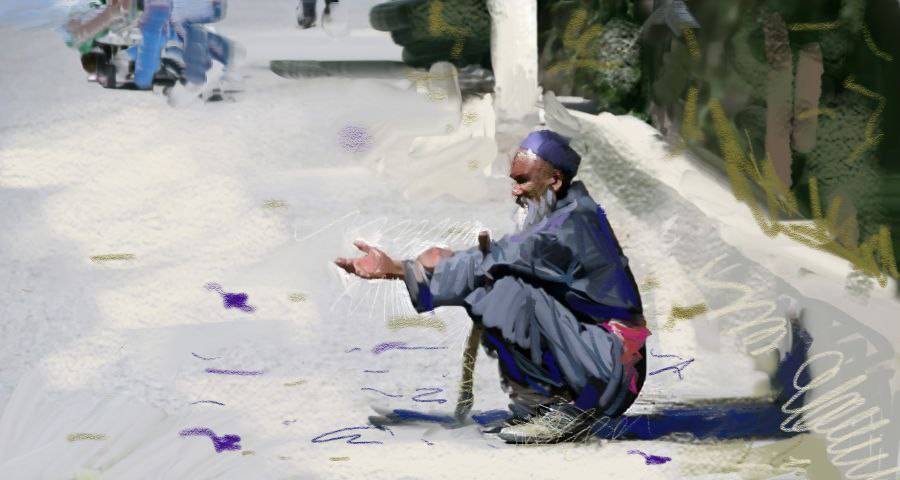BISHKEK (TCA) — The April 30 landslide that buried a village in southern Kyrgyzstan once more drew the attention to the long-lasting problem of people illegally building homes in areas vulnerable to natural disasters. We are republishing this article by Peter Leonard on the issue, originally published by EurasiaNet.org:
From a vantage point upon a hill, the recovery workers in the southern Kyrgyzstan settlement of Ayuu looked like burrowing ants. Beneath them lay the bodies of 24 people — some only toddlers — buried by a landslide big enough to fill an Olympic swimming pool 100 times over.
At around 2 pm on April 30, a day after the disaster struck, shouts went up from one of the handful of excavation areas. The work was centered on spots above where houses had stood. Men dropped their shovels and rushed to the source of the clamor over uneven heaps of landslide soil moistened by a morning sprinkling of snow. More in hope than certainty, some said under their breath, “They’re alive.”
But the rescuers emerging from the digging site were not carrying survivors, but two small and lifeless bodies. The tiny feet of Madina Abdisalomovna, born in 2015, peeped out from a carefully wrapped blanket. Next to her lay Adina Mamanova, born in 2005. A relative kneeled over the bodies and spent a long moment laying a hand wordlessly over Madina’s still heart.
Up on the hill, villagers looked down in dazed sorrow. Almost all the residents of Ayuu are somehow related to one another. Women hugged each other and huddled in little clusters exchanging words of sympathy. Some wept loudly, others quietly dabbed away tears. One man, Artykbai Kamchiyev, who lost almost his entire immediate family — a wife, two sons, a daughter-in-law, and two grandchildren — was comforted by a succession of relatives as he sobbed uncontrollably.
A flimsy tent served as a first-aid point, but had little of much use to offer other than checking people’s blood pressure. In the next tent along, villagers were handed out soup, bread and tea.
As of May 3, eight bodies in all have been found.
Recovery work was being overseen by Daiyrbek Karimov, the head of the Osh department of the Emergency Services Ministry. As Karimov told EurasiaNet.org, many of the homes crushed by the landslide should not have been there at all.
“In 2003, there were only about three or four homes here. Monitoring specialists from our ministry came especially and issued them a warning about [a possible] landslide. And then the following year, they again built yet more homes illegally, without documents,” Karimov said.
This area of Kyrgyzstan, where the mountains rise at the eastern edge of the Ferghana Valley, is particularly vulnerable to landslides. The season for such events arrives with the spring, during which intense bouts of rainfall are common. Landslides can also be triggered by groundwater pressure or seismic activity.
Karimov said that in the Osh region alone, there are 389 locations — home to many hundreds of families — at high risk from landslides. The authorities say they have done everything to persuade the people to move. In Ayuu, stark and ominous cracks had long been forming in the grassy loess on the hillside above the village. “On March 28 this year, our specialists, including the head of the Monitoring Department, came here again and held a meeting with residents,” Karimov said. “They warned them all to move to a safer spot.”
Residents of three of the seven houses destroyed were given preferential loans by the government in 2003 to encourage them to move. The four other buildings were erected without proper permits, officials say.
In the end, such was the volume of displaced soil that there have been calls not to carry out recovery work at all, and to transform the entire site into a graveyard instead.
Relocating from a place like Ayuu means abandoning a certain source of income in a country where a lack of opportunities forces hundreds of thousands to go abroad for work. Homesteads have anything from a few dozen to several hundred sheep, cows and horses. “People live here because of the farming, they want to graze their cattle,” Dilmuhammed Bokoshev, the mayor of the village of Zarger, which encompasses Ayuu, told EurasiaNet.org. “They will not abandon the land of their ancestors.”
Bokoshev conceded that anything up to half the population of his village may eventually have to be relocated because of the potential for more landslides. Land has been set aside in the neighboring Jalal-Abad region, in which people from Ayuu and several other nearby localities are being urged to settle.
Somewhere along the line, however, enforcement of instructions to relocate appears to break down.
“Under Kyrgyz law, our functions in the Emergency Services Ministry are to issue preventative warnings, monitor dangerous areas and issue official writs,” Karimov said. “We gave every village head, every district chief and regional head instructions to securely relocate people, as permitted within the law, and to provide any kind of social and humanitarian support.”
Whether it is because of villagers’ stubbornness or inaction by the local officials, people seldom move. With that in mind, President Almazbek Atambayev’s immediate reaction to news of the landslide was not to extend his sympathies but instead to upbraid its victims.
“You have to at least be a little afraid of God,” he said. “Just because you don’t want to live, just because you deem your cattle more precious than yourself, what fault is that of the children? How is that the fault of the other people that lived in the house?”









